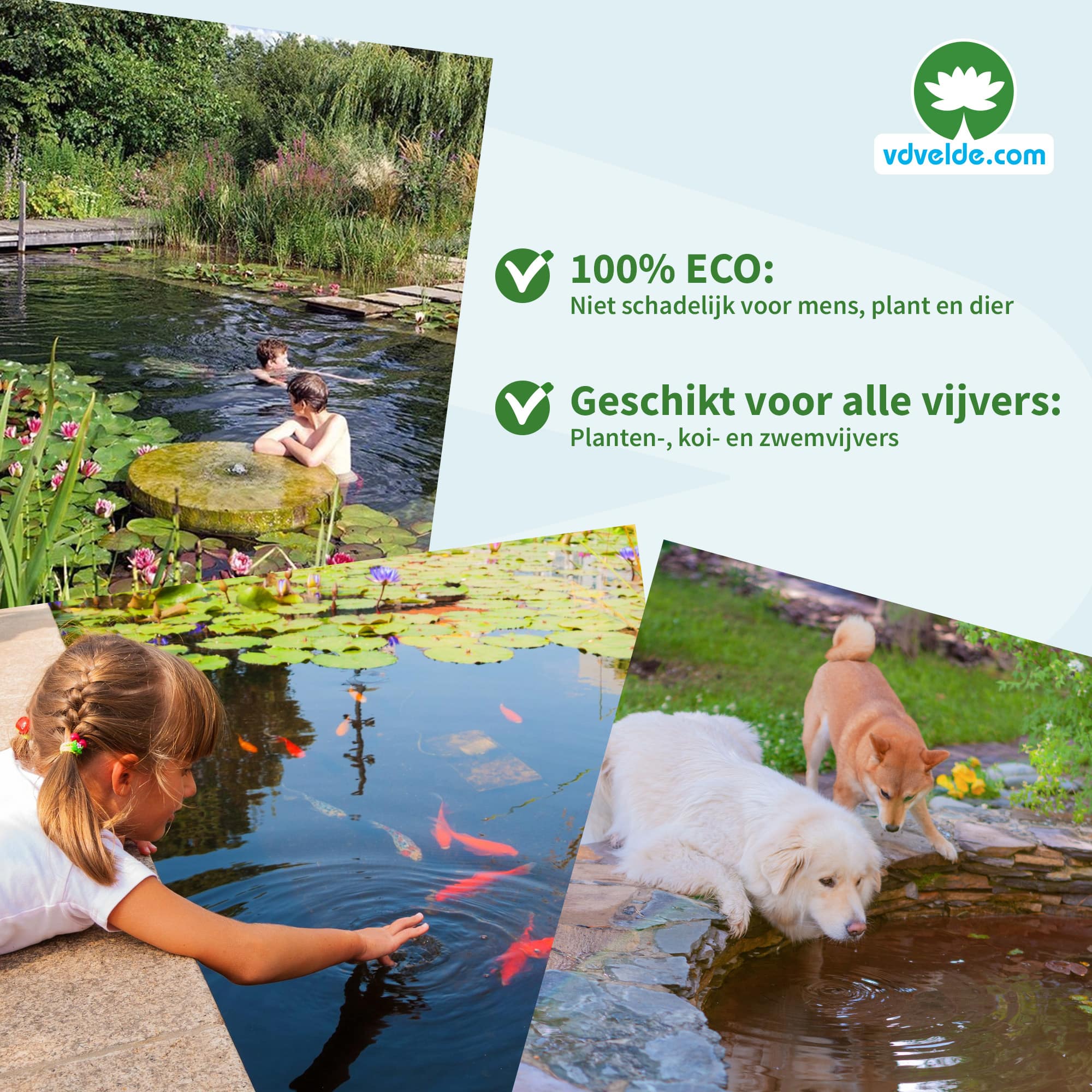Best First Pets for Kids: Safe, Enjoyable Choices and How to Prepare Your Family
Quick Guide: Good First Pets for Children
Choosing a pet for a child works best when you match the animal’s needs with your family’s time, space, and budget. Many families start with small mammals like guinea pigs , rabbits , or hamsters , or consider parakeets (budgies), canaries , and finches for kids who enjoy observing more than handling. Veterinarians note that guinea pigs are often calm and interactive for supervised lap time, while parakeets are relatively low-maintenance and can bond with gentle handling [1] . For families focused on safe child-pet interactions, pediatric guidance emphasizes supervision, body-language awareness, and age-appropriate handling at all times [2] .
Age-Appropriate Options and Why They Work
Observer-friendly birds: Canaries and finches
For children who prefer to watch rather than handle, small birds like canaries and finches can be a good fit. These birds may be best for families who can provide routine feeding and cage maintenance without frequent handling by young kids. Veterinary experts highlight that canaries and finches suit kids who enjoy observing daily routines, song, and behavior rather than direct contact, which helps reduce the risk of accidental rough handling [1] .
Implementation steps: Set up a appropriately sized cage with perches, species-appropriate diet, fresh water, and enrichment. Place the cage in a calm, draft-free area at eye level to encourage observation. Establish a weekly cleaning routine. Teach children to approach the cage quietly, without tapping or sudden movements.
Common challenges and solutions: Noise sensitivity or early-morning singing can be a challenge. Consider the bird’s natural rhythm and place the cage in a part of the home where dawn song is acceptable. If your child wants hands-on interaction, redirect to supervised feeding and observation rather than handling.
Beginner-friendly companion bird: Parakeet (budgie)
Parakeets can be relatively low-maintenance, responsive to gentle training, and engaging for school-age children who understand how to be gentle. With consistent, calm handling, parakeets may learn simple words and enjoy interactive time, which makes them rewarding for kids ready for daily engagement [1] .
Step-by-step to get started: Choose a healthy budgie from a reputable source. Prepare a cage large enough for flight within the enclosure, include perches of varied diameters, toys, and a balanced diet (pellets formulated for budgies plus safe greens). Begin daily short handling sessions in a quiet room. Supervise all child interactions; demonstrate slow hands and gentle perching.
Potential pitfalls: Rough or unpredictable handling can stress small birds. Set family rules for quiet voices and slow movements. Schedule daily out-of-cage time only when an adult can oversee windows/doors safety.
Gentle small mammal: Guinea pig
Guinea pigs are popular because they are typically calm, enjoy social interaction, and tolerate supervised lap time. Veterinarians frequently recommend them for families due to their manageable care and interactive nature-they often vocalize when excited and can bond with consistent, gentle care [1] .
How to implement: Set up a spacious enclosure with ample floor space, high-quality hay available at all times, species-appropriate pellets, and fresh vegetables. Provide hideouts to reduce stress. Establish a routine: morning feeding and health check, afternoon spot-clean, and scheduled lap time with a towel on a parent’s lap. Teach children to sit on the floor and let the guinea pig come to them.
Challenges and solutions: Nail trims and routine cage cleaning are essential. Create a family chore chart so tasks are shared and supervised. If a guinea pig seems skittish, increase hideouts and reduce noise; handle for short, positive sessions.
Other small pets to consider thoughtfully
Hamsters are nocturnal and may not be awake during children’s peak play times; they can be better for older kids who understand gentle evening handling. Rabbits can be affectionate and trainable, but they require ample space, chew-proofing, and careful lifting techniques-many families find rabbits rewarding when an adult leads daily care. For any species, ask prior caregivers or shelters about an animal’s comfort level with children, since temperament varies and older animals may have established preferences; veterinary teams advise confirming kid compatibility before adoption to reduce stress and safety risks [3] .
Safety First: Supervision, Training, and Body Language
Pediatric guidance stresses that children are more likely to be severely injured in dog-bite incidents and that most bites involving young children occur during everyday interactions with familiar dogs. The recommendation is clear: never leave a small child alone with any dog, regardless of familiarity, and avoid rough games like tug-of-war that can escalate arousal and risk [2] . Veterinary behavior education also emphasizes teaching children how to touch gently, rewarding pets for calm interactions, and reviewing body-language basics to spot stress early (e.g., tucked tail, growling, flattened ears) [4] .
Practical steps to implement today:
- Set a family rule: an adult must always supervise child-pet interactions. Schedule short, positive sessions.
- Demonstrate gentle petting on the shoulders and back; forbid tail/ear pulling and collar grabbing. Practice with a stuffed animal first [4] .
- Coach kids to avoid sudden loud noises and quick movements around pets to prevent startle reactions that can lead to scratches or bites [4] .
- Before adopting, ask shelters or prior owners if the animal is comfortable with children; mismatches increase stress and risk [3] .
How to Choose: A Step-by-Step Decision Framework
Step 1: Clarify goals. Decide whether your child wants a hands-on companion (e.g., guinea pig, parakeet with training) or an observation-focused pet (e.g., canary or finch). If your child is very young or anxious around animals, an observer-friendly species is a practical start [1] .
Step 2: Assess time and budget. Daily feeding, habitat cleaning, and enrichment are nonnegotiable. Be realistic about who will do what and when. Create a simple care roster led by an adult.
Step 3: Evaluate space and noise. Birds need quiet space and routine; small mammals need floor space and safe exercise time. Ensure the home can accommodate these needs.

Source: dreamstime.com
Step 4: Safety plan. Establish supervision rules, demonstrate gentle handling, and post simple “pet body language” reminders on the fridge. Many veterinary educators provide child-friendly visuals for recognizing stress signals in pets [4] .
Step 5: Meet candidates. Visit a reputable shelter, rescue, or breeder. Ask about the animal’s history with children and other pets. If uncertain, you can contact your local veterinary clinic and ask for a temperament evaluation appointment before adoption; clinics may provide guidance on fit and setup.
Daily Care Routines Kids Can Help With (Under Adult Guidance)
Feeding and hydration: Children can help measure pellets or seeds and refresh water while an adult verifies amounts and cleanliness. For guinea pigs, teach the importance of fresh hay and a small portion of vegetables daily. For parakeets, explain why pellets designed for the species plus greens are healthier than seed-only mixes.
Cleaning and enrichment: Assign simple, predictable tasks-removing soiled bedding or paper, gently wiping surfaces, and replacing chew toys or bird-safe toys. Rotate enrichment weekly to keep pets engaged.
Training moments: Short, positive sessions build bonds. For parakeets, practice step-up on a finger; for guinea pigs, reward calm approaches with a small treat. Reinforce quiet voices and slow movements.
Preventing Problems Before They Start
Set boundaries: Create pet-only rest areas where children do not follow-hideouts for guinea pigs and covered zones for birds reduce stress. Teach children that a pet’s retreat is a “no-touch” space.
Supervise introductions: When bringing a new pet home, keep first sessions short and structured. Veterinary teams advise checking beforehand if a specific animal is okay with kids and gradually building comfort, which helps avoid defensive reactions in pets that cannot verbalize discomfort [3] .
Follow pediatric guidelines for dogs: If your family also has a dog, apply pediatric safety rules: no unsupervised time with small children, no rough play like wrestling, and teach children to ask an adult before approaching any dog. Most childhood bites occur with familiar dogs during routine interactions, so prevention starts at home [2] .
Alternatives When You’re Not Ready for a Pet
If your family is still building routines, consider a trial approach: pet-sitting for a neighbor, volunteering together at a local shelter (age policies vary), or creating a wildlife observation station at home. These options let children learn responsibility and animal empathy without long-term commitments. You can also visit your local veterinary clinic to ask about recommended species for your child’s age and temperament; clinics often provide printed guides and can recommend beginner-friendly setups.
Key Takeaways
For many families, the best first pets for kids are those that align with the child’s maturity and the household’s capacity: observer-friendly small birds for younger or cautious children, parakeets for gentle, hands-on learners, and guinea pigs for families ready for interactive, supervised lap time. Pair any choice with consistent adult supervision, gentle-handling education, and a simple care routine. When in doubt, consult your veterinarian and ask shelters about child compatibility to set your family-and your new pet-up for success [1] [3] [2] [4] .
References
[3] Shelton Veterinary Clinic (2025). Pets and children: ensuring comfort and safety during play.

Source: pinterrejad.blogspot.com
MORE FROM getscholarships.de













